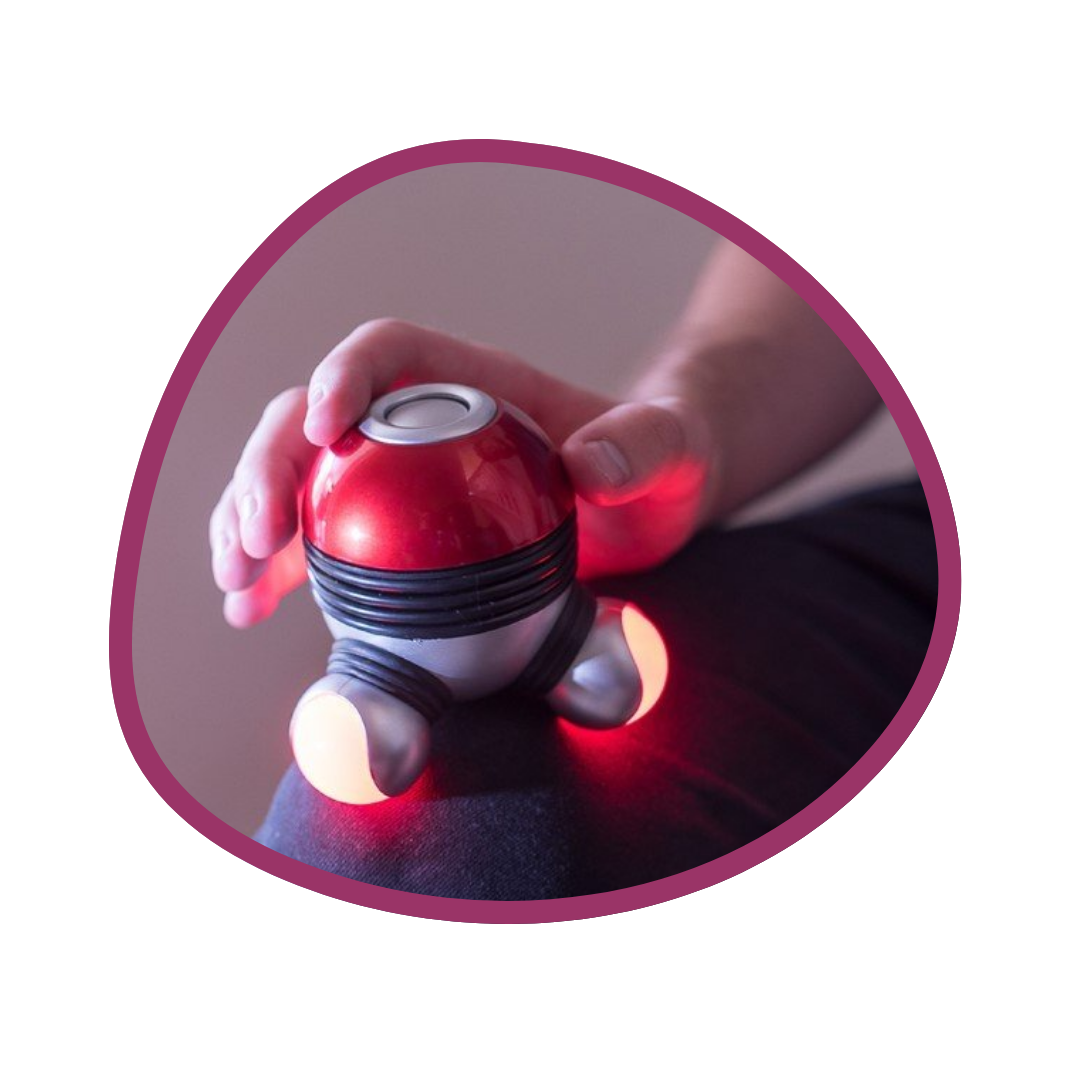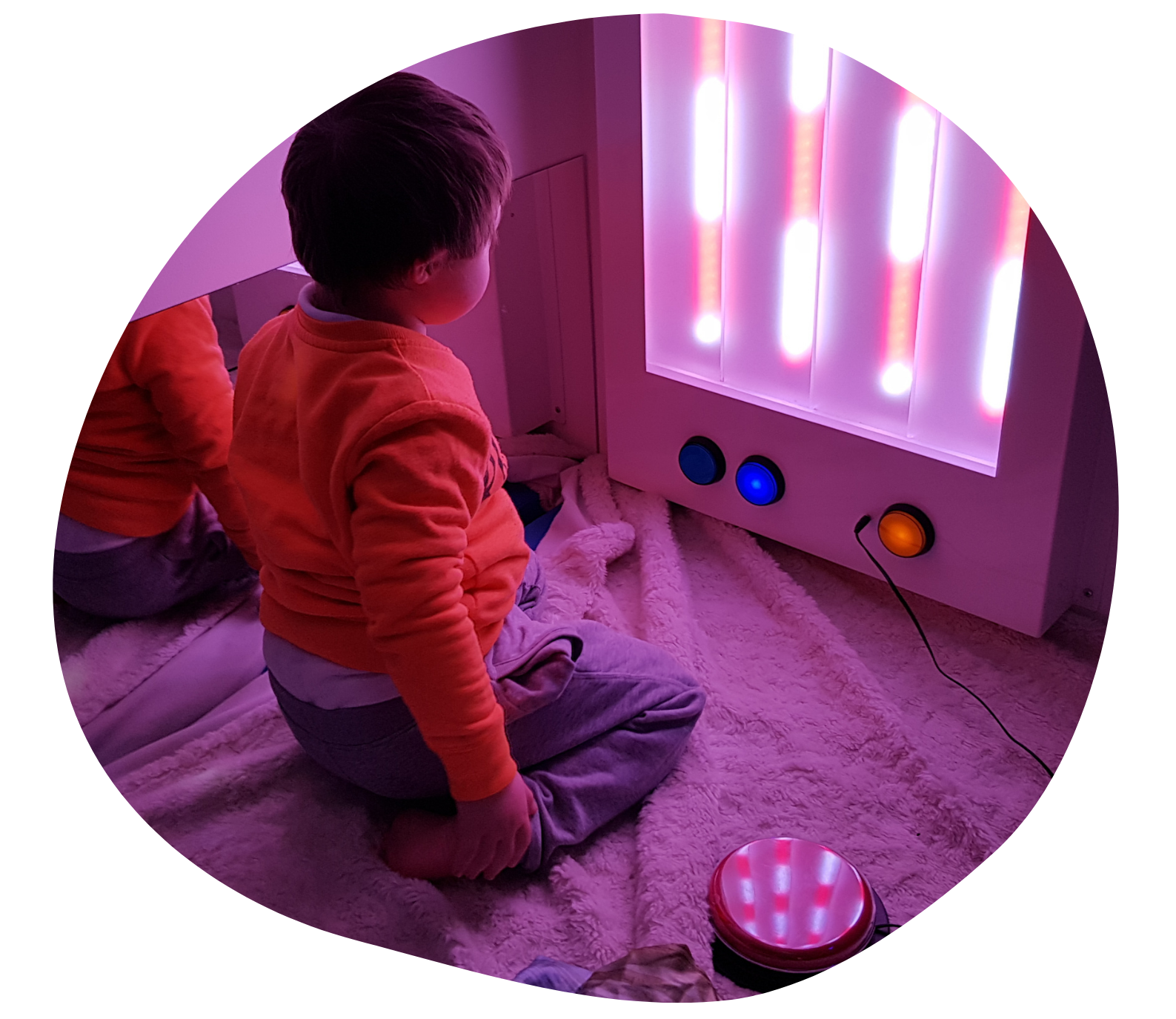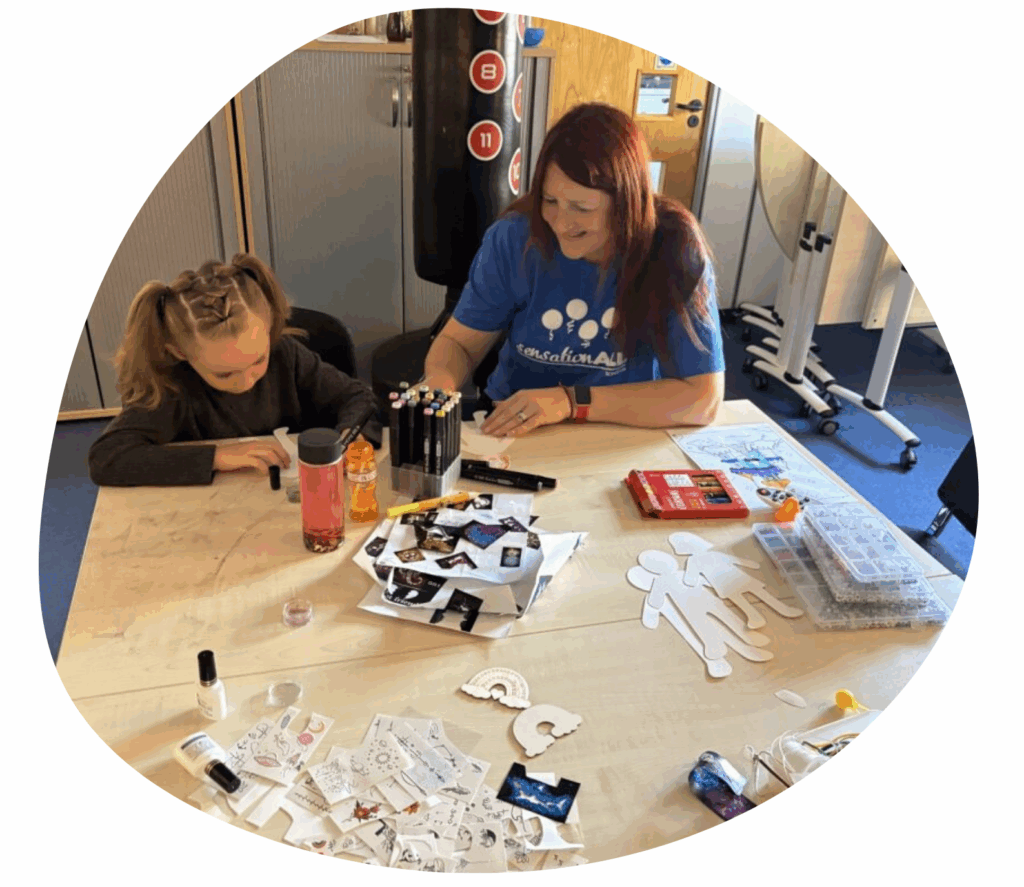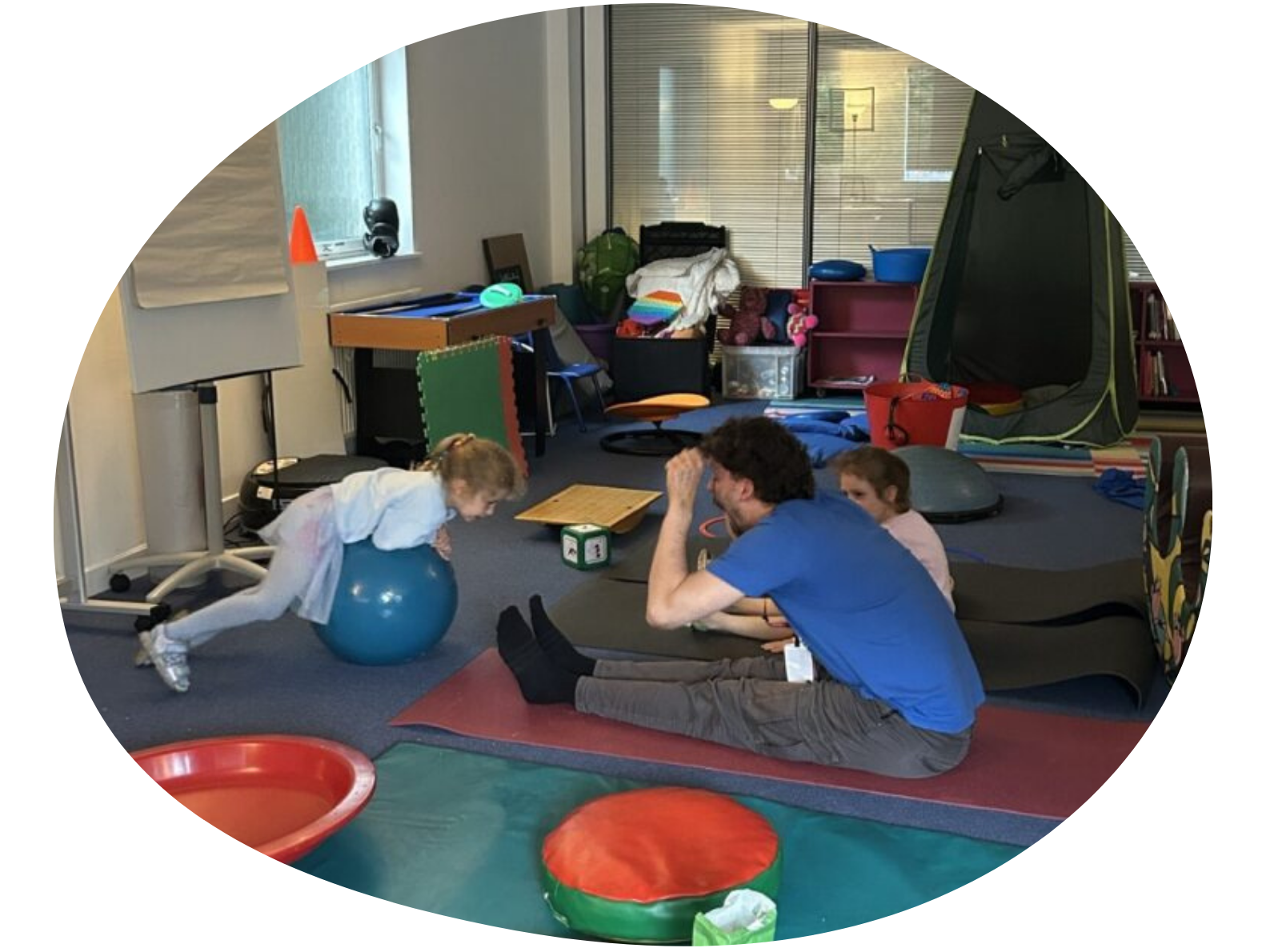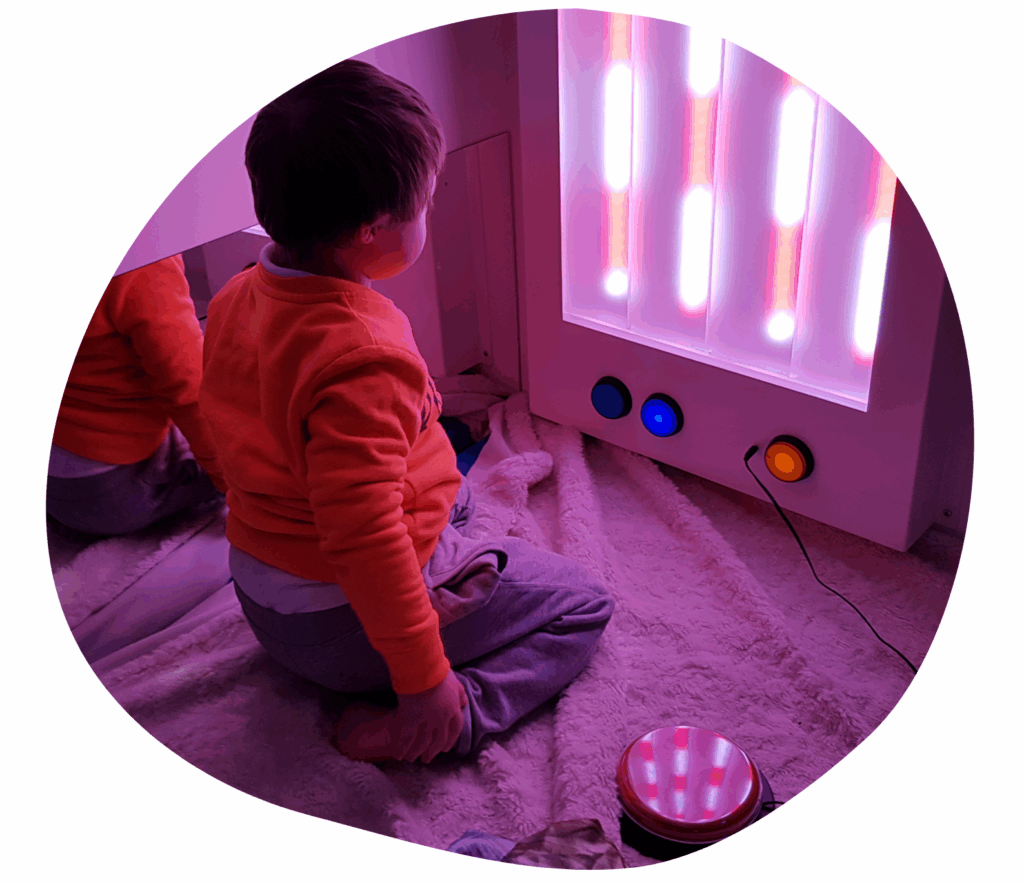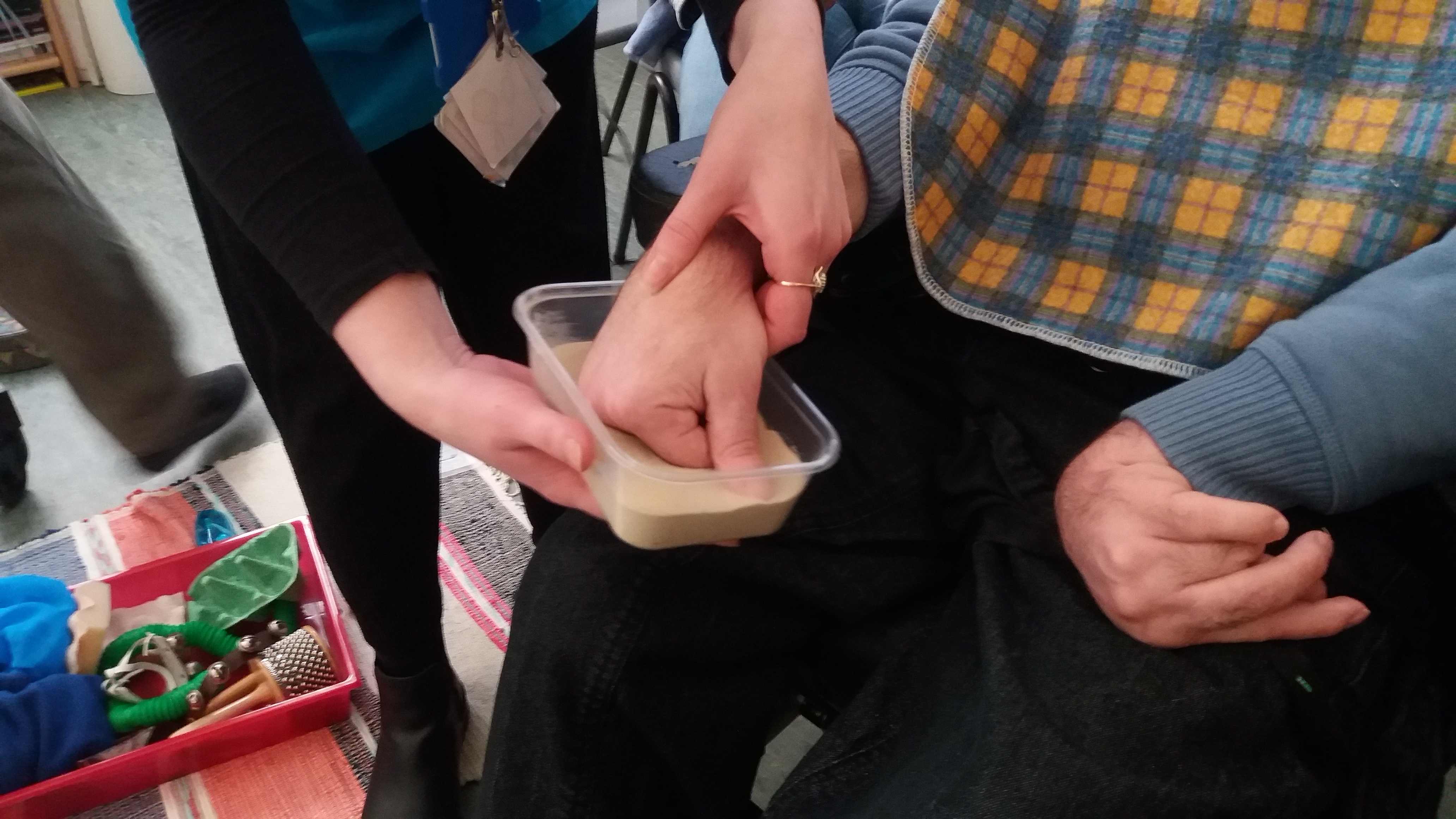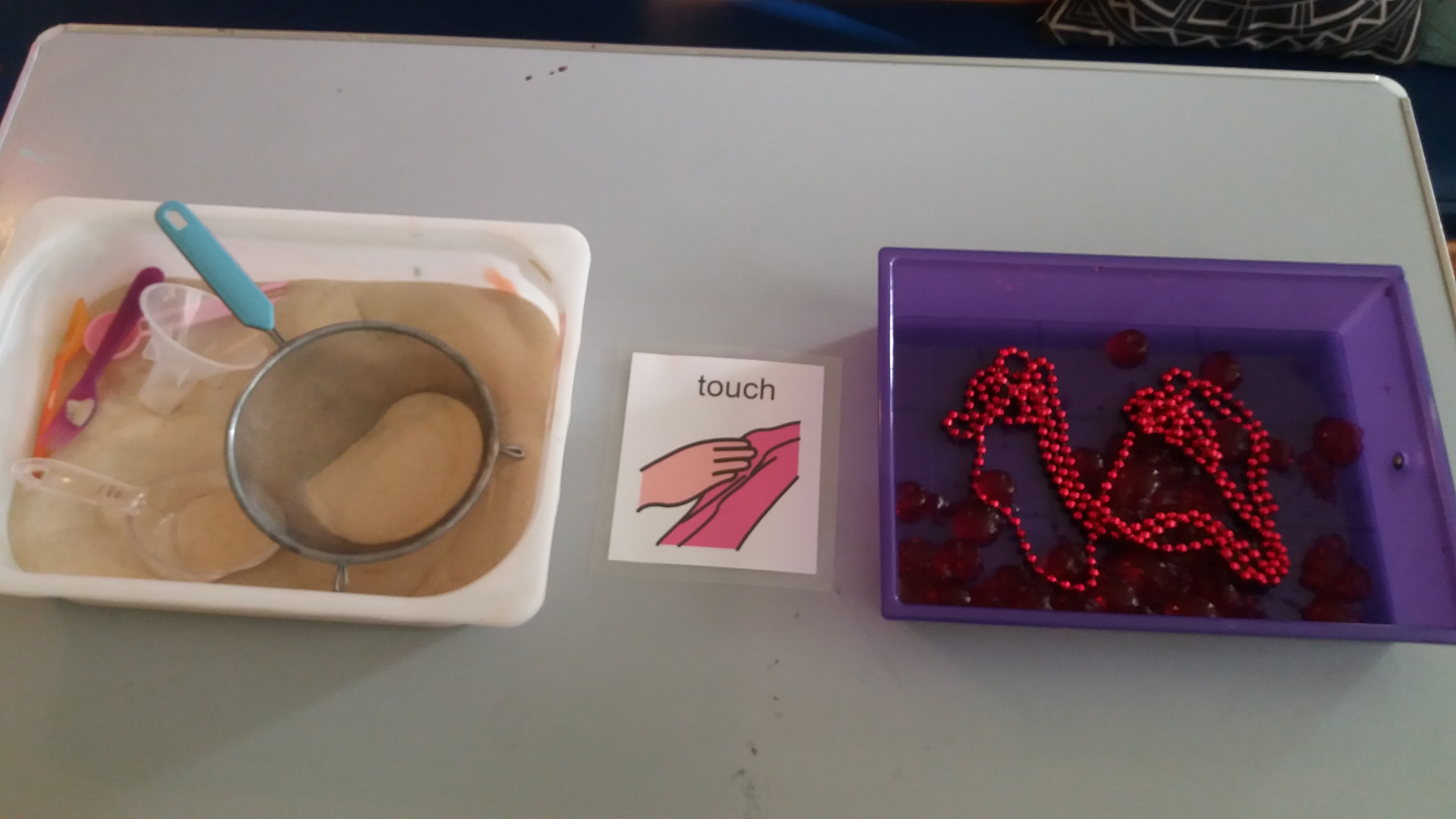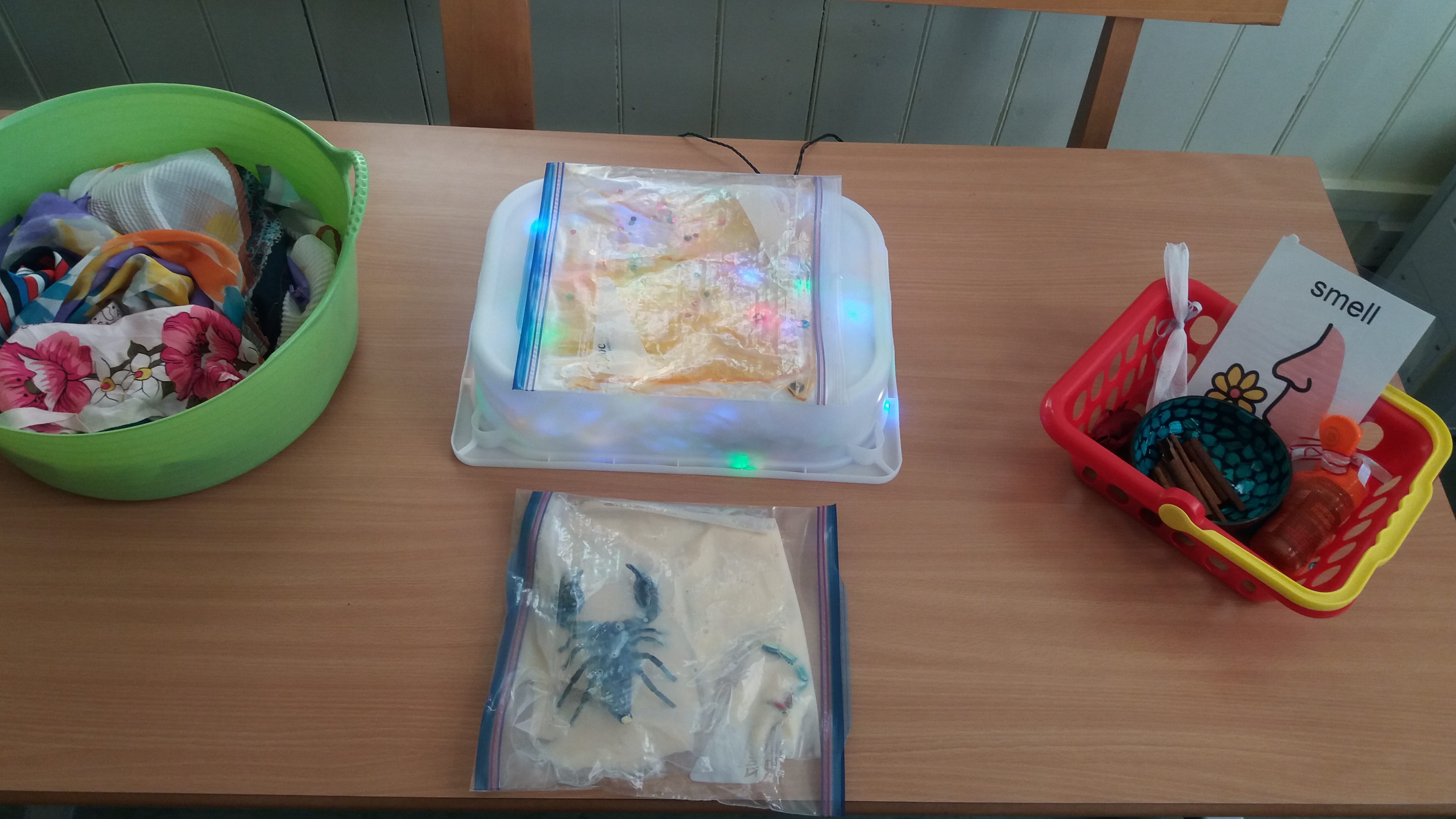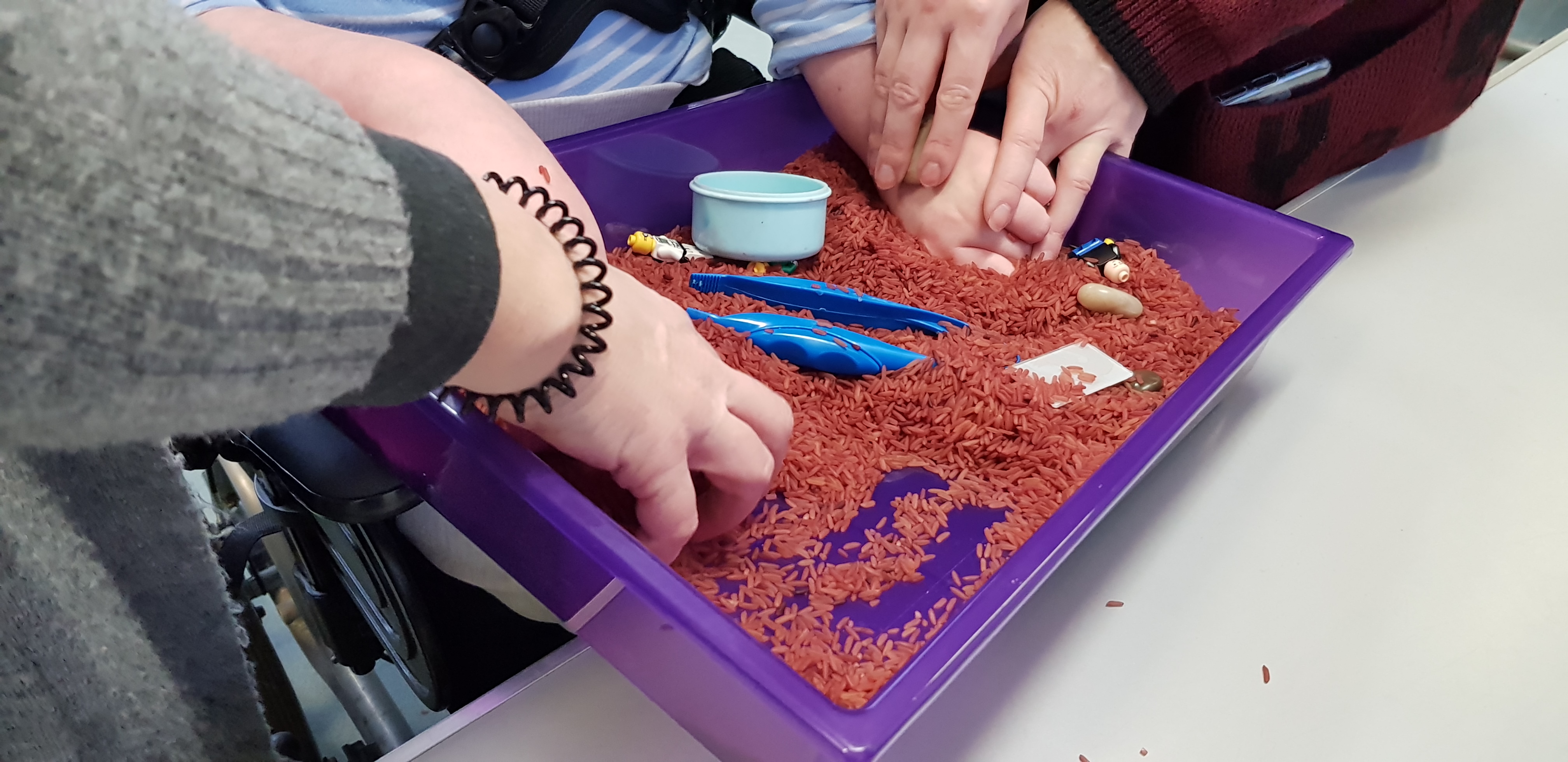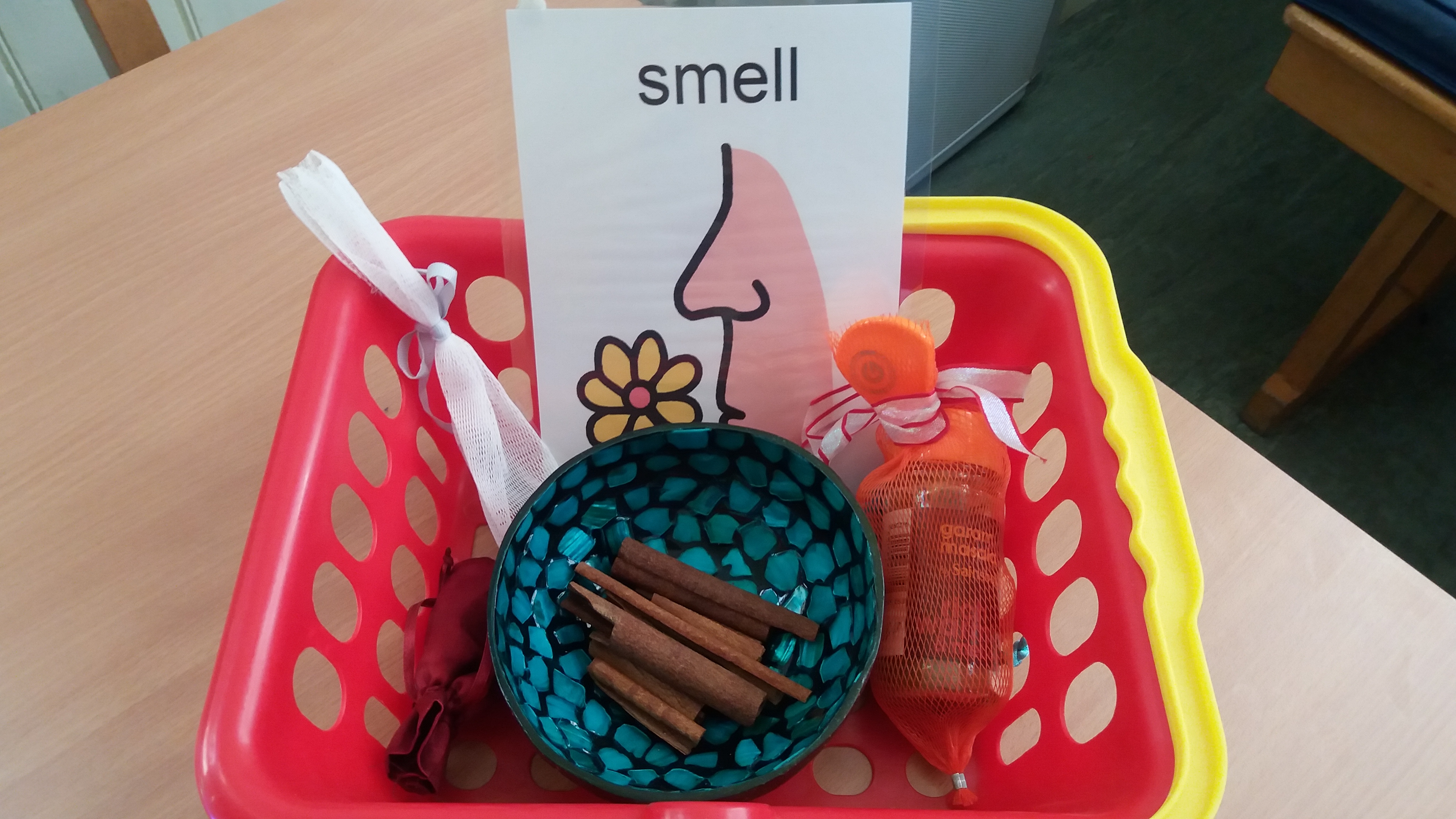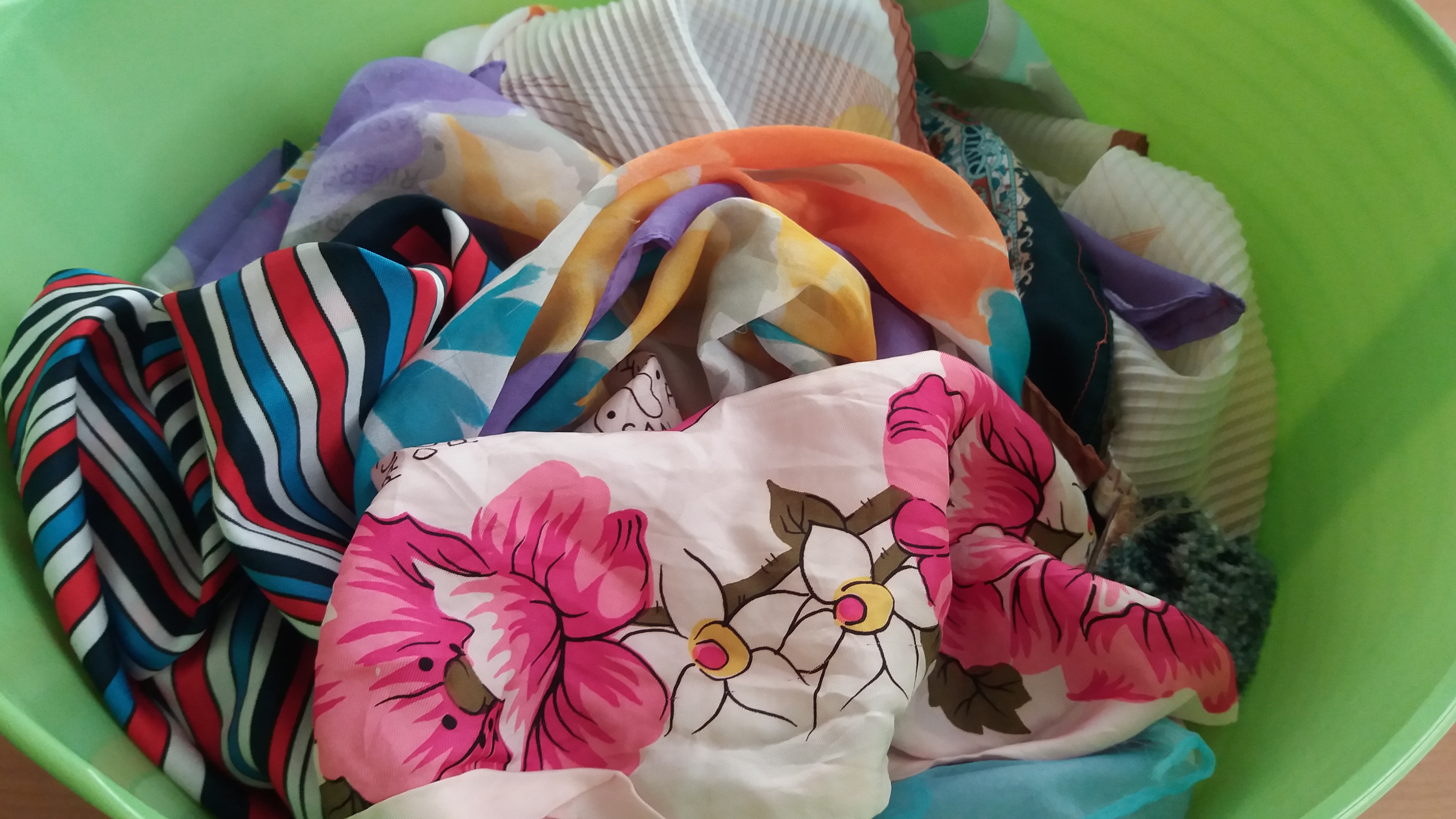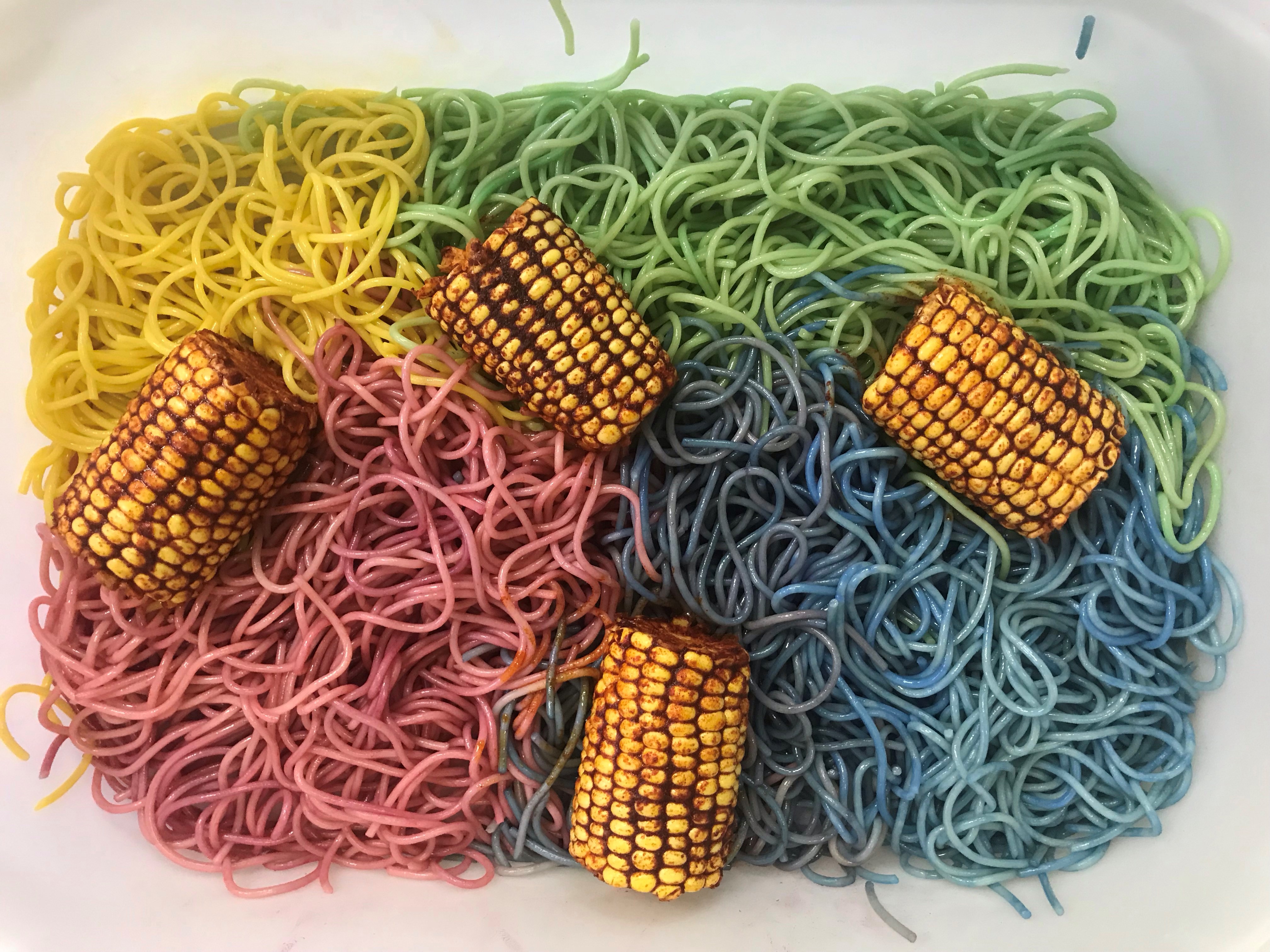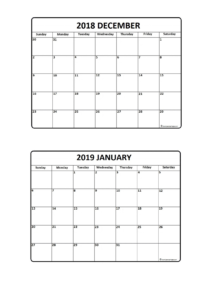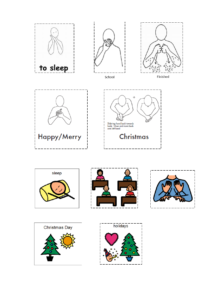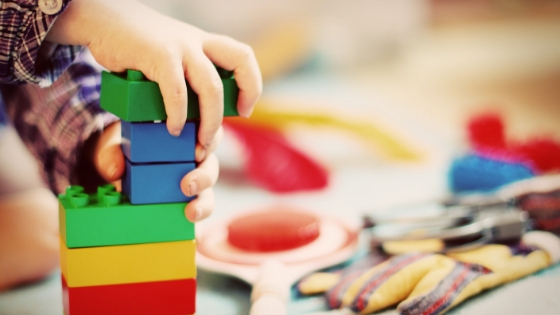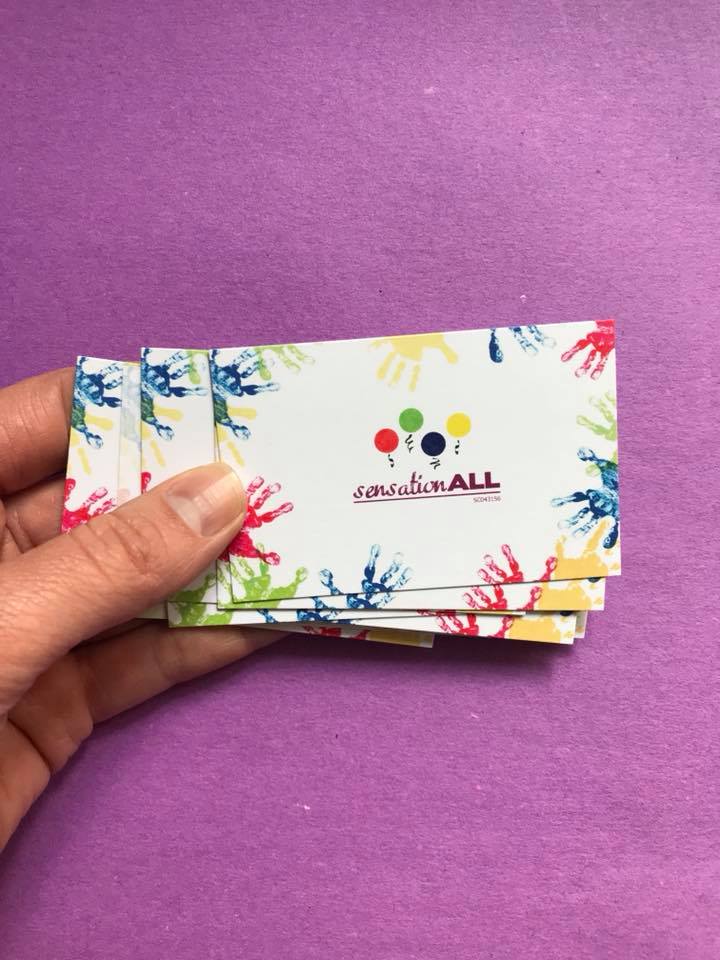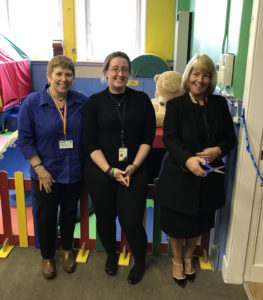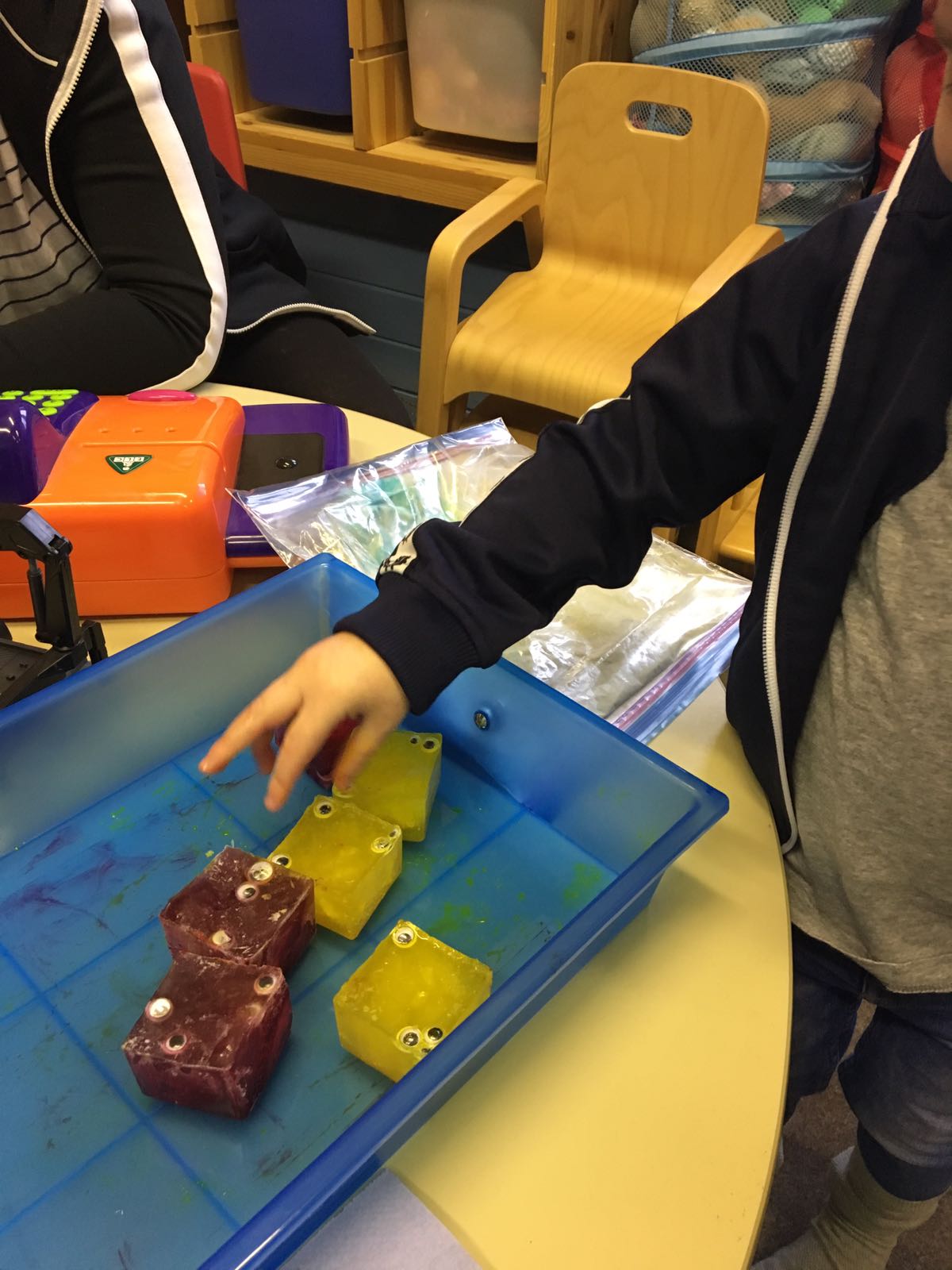Self-regulation spotlight – Deep Pressure!

At SensationALL, we use a wide variety of sensory-informed strategies during our sessions and interactions with people with neurodivergent conditions and additional support needs.
In this article, Clinical Lead, Rebekah, explains why these approached are important, and how they can benefit you or your loved one.
Deep Pressure
What is it?
Deep pressure stimulation (DPS) means applying consistent, gentle weight or compression to the body.
This can be through weighted blankets, firm hugs (with consent), compression garments, or activities like pushing/pulling heavy objects.

How does it work?
Deep pressure activates the body’s proprioceptive system and sends signals to the brain that help reduce anxiety, increase focus, and create a feeling of safety. This can be particularly beneficial for individuals who may experience sensory overload or dysregulation!
Here are a few suggestions for activities based on age groups that incorporate deep pressure!

Young children (ages 2-6)
- Compression hugs or “body sandwich” with cushions
- “Steamroller” game (child lies under a blanket/mat or cushion and is gently rolled
- over with pressure)
- Rolling in a blanket (like a burrito)
- Animal walks: bear crawl, crab walk — heavy work through limbs
- Tug-of-war or pulling toys
Children (ages 7-12)
- Weighted lap pads during seated tasks (school, homework)
- Heavy work jobs: pushing laundry baskets, carrying books, stacking chairs
- Deep pressure massage or brushing protocol (e.g., Wilbarger)
- Yoga poses with joint compression (downward dog, child’s pose with hands
- pressing into floor)
- “Pillow pile crash”: jumping into a beanbag or soft pile
- Fidget tools that provide resistive feedback (therapy putty, stress balls)
- Introduce self-advocacy: “When I feel jittery, I can do __ to feel better.”
Teens (ages 13+)
- Compression vests or snug athletic clothing
- Weighted blankets or wraps during relaxation, sleep, or transitions
- Wall push-ups, planks, or resistance band exercises
- Therapeutic massage or self-massage tools (foam rollers, vibrating pads)
- Carrying a loaded backpack briefly (not for long periods)
- Using gym equipment for proprioceptive input: rowing machines, resistance training
If you find that deep pressure works for you, it might be worth considering how this can be part of your everyday routine. Here’s a few examples of how deep pressure can be applied to your daily routine:
- Morning: Wall pushes, body squeezes, weighted breakfast chair pad
- School: Lap pad, heavy backpack (briefly), resistance putty during listening
- Afternoon: “Heavy work” chores or play, trampoline or crash pad time
- Transitions: Compression vest, bear hug, or pillow sandwich before car rides or errands
- Bedtime: Massage, weighted blanket, yoga or child’s pose
When using these strategies, it is important to follow a number of safety tips!
- Always person-led: Deep pressure should never be forced; it must feel safe and comforting!
- Time-limited: Weighted blankets or vests should be used for 20 minutes at a time.
- Observe response: Signs of dysregulation (sweating, agitation, zoning out) means it’s too much input.
- Use appropriate weight: Weighted items should be around -10% of the child’s body weight, or minus 1-2lbs, depending on modality. Always ensure you are adjusting the weight and communicating with the person – deep pressure can vary for everyone!
- Pair with co-regulation: Use deep pressure WITH verbal reassurance and a soothing tone.
Deep pressure is a powerful, non-verbal language of safety. It tells the body: you are grounded, you are held, you are safe. When used respectfully, it becomes a ritual of care, a bridge between nervous system healing and daily life.
Follow us on socials for more useful self-regulation tools and strategies!


